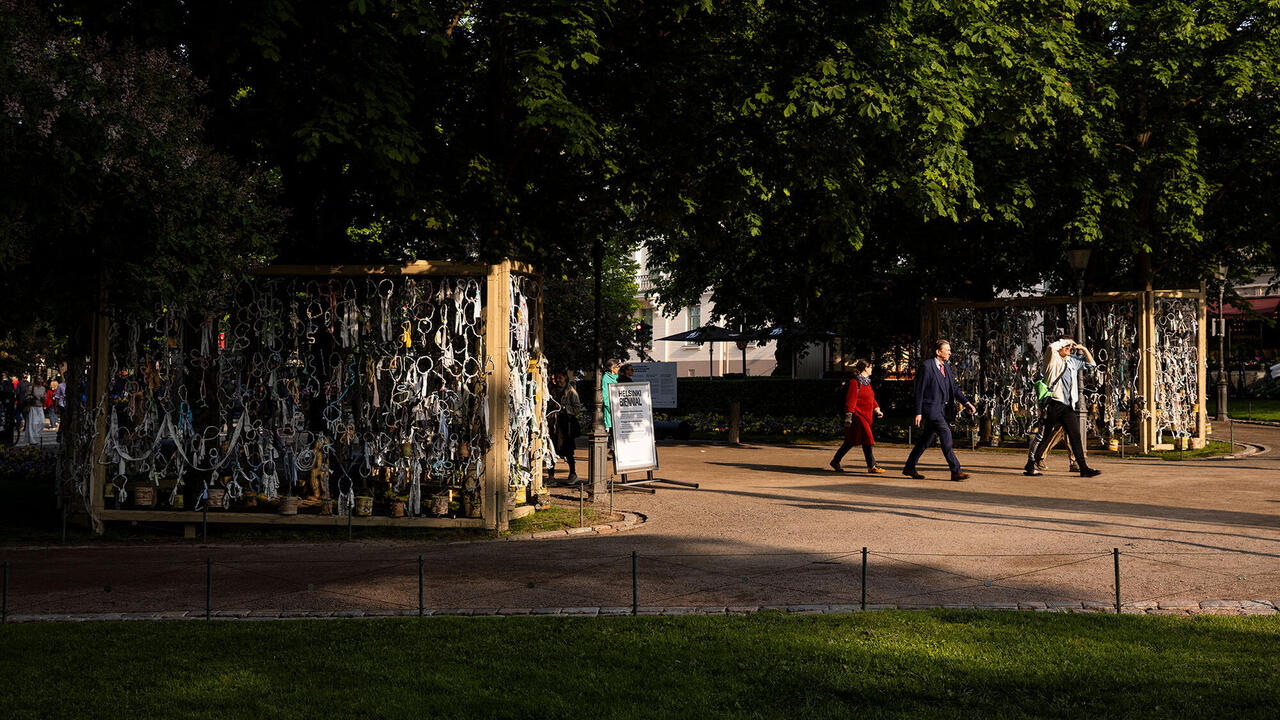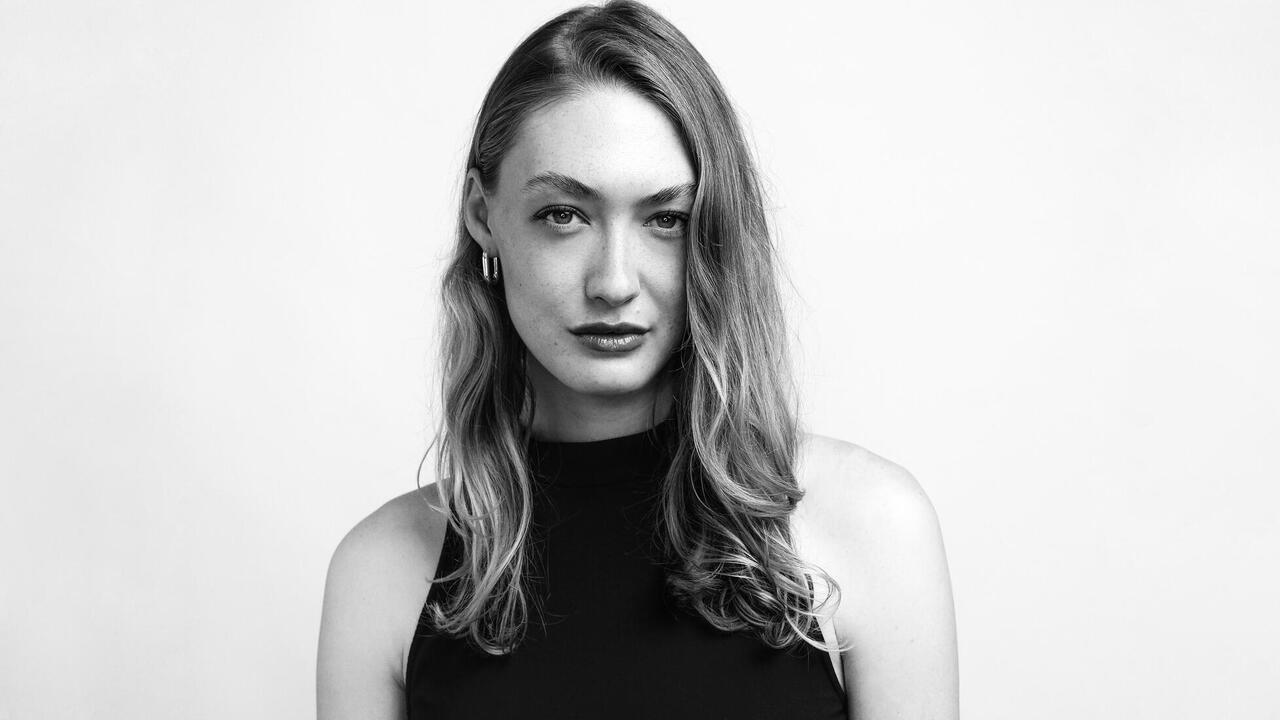No Business Like Show Business
New York's city planners have cleaned up Times Square, but is the change as profound as it appears?
New York's city planners have cleaned up Times Square, but is the change as profound as it appears?
The transformation of Times Square has finally taken place. It's been talked about for so long that I stopped paying attention, and then it happened so fast that I didn't notice. Disney is on 42nd street. Madame Tussaud's is coming, as is Condé Nast. The hookers are gone, and sullen rehabilitated men now mop the sidewalk wearing bright red jump-suits supplied by the Times Square Business Improvement District. The porn shops have been shuffled off to the periphery, and the theatres are selling more tickets than ever. New musicals are being produced, and they are not all by Andrew Lloyd Webber. The neighbourhood has been, in the weird, Frankenstein-like phrase of the urban renewers, 'revitalised'.
The first job I ever had was selling sheet music at Colony Records, at 49th and Broad-way, the North end of Times Square. It was the early 80s and I was in high school. The store, which stayed open until two in the morning, had been around forever. Though I listened to Ornette Coleman and Pere Ubu in my free time, I learned the standards, the good old songs, or at least their titles. I became expert at recommending audition pieces to chorus boys and girls. I humoured glassy-eyed lunatics who would come in and claim that they had written this or that song in 1952, then sold the rights away for 20 dollars. I took my lunch breaks in old coffee shops. The porn theatre across the street changed its billboard every week. I was too timid to go in, but I was glad it was there. Tiny Tim came into the store a lot. I once took a phone order from Eddie Fisher. I made minimum wage and I was happy.
The staff of Colony included a black, Yiddish-speaking stand-up comic and an ageing Jewish guy who spoke entirely in 50s jazzbo slang. The stockboy was a middle-aged dwarf named Shorty. There was a clerk in the sheet music department who couldn't speak to customers: he was shy almost to the point of autism. He knew all the songs, though, and I think they paid him in records. The guy who sold dance music, a rail-thin Latino, flirted with me aggressively - constantly asking me to go to the basement to do coke with him - and cracked up at my straight-boy embarrassment.
These people were my first co-workers, and the biggest bunch of freaks I've ever been surrounded by. What they left me with is a certain subject position I've always thought of as particular to the experience of Times Square (although it has also been useful at dive bars and art openings): not quite community and not quite voyeurism, but something carefully poised between the two.
In 1939, the authors of the WPA Guide to New York City wrote this about Times Square: 'It is the district of glorified dancing girls and millionaire playboys and, on a different plane, of dime-a-dance hostesses and pleasure-seeking clerks. Here too, in a permanent moralising tableau, appear the extremes of success and failure characteristic of Broadway's spectacular professions: gangsters and racketeers, panhandlers and derelicts, youthful stage stars and burlesque comedians, world heavyweight champions and once-acclaimed beggars.'
What I find interesting here is not the run-of-the mill cataloguing of picturesque types (not all that different from my own, I know), but the idea that these various people are there to be seen and are precisely what there is to see. They are the architecture of the district. Sociologist Sharon Zukin writes, 'Neither a traditional agora, nor a Beaux Arts civic centre, Times Square became a central image of New York despite, not because of, elites' concern with monumentality.' In the new Times Square, it's hard to walk because of the tourists. They don't know the rules of the New York street and periodically stop dead in their tracks in front of you to look around. Usually, they are looking for Times Square.
In 1995, Gretchen Dykstra, president of the Times Square Business Improvement District, wrote: 'Some people hear the words "business improvement" and assume we want to sanitise the area, scrub it clean, homogenise it, fence it in, and rob it of its soul. One would not last long in Times Square with that kind of approach. As home to theatrical producers, music distributors, newspaper publishers, television producers, comedy clubs, and the American Civil Liberties Union, we are a community that heartily embraces diversity in opinion, lifestyles, and personal expression.'
The rebuilders of Times Square can acknowledge that there is something called 'soul' (a word that, in the US at least, almost always carries a racial connotation) in the old, bad ways of the area, but only if that soul is first identified as dirt - which can then selectively be left unsanitised and unscrubbed. In practice, however, it is clear what kinds of hearty embraces remain unacceptable. The biggest victory of the improvement campaign is the reduction of the peep shows and porn theatres (what they charmingly refer to as 'adult-use establishments'): 121 in the late 70s and only 12 now. In their place, new lavish musicals are popping up, American musicals that promise to preserve the threatened 'soul' of the neighbourhood. Disney was welcomed into Times Square, I think, not just because of its sheer cultural power, but because it is the only organisation that has managed to make the musical an economically viable art form.
The funny thing is, the musical and the peep show are sisters under the skin. They both started with the 19th-century Bowery burlesques. One strand got mixed with Viennese operetta and English ballad opera, and then with prep-school boys who wrote songs and sketches for their college theatricals and with Jewish immigrants who loved jazz. The other strand lost the skits and got bawdier, concentrated on the striptease acts, but kept the live bands and the stand-up comics a while, moving in next to the bookstores that sold nudist magazines and naughty playing cards, and competing with the grindhouse exploitation films that provided faux exposés of invented underworlds. In 1966, a vending machine manager in Brooklyn thought of rigging old coin-operated movie machines with loops of privately distributed stag films, and was soon producing new film loops himself. In 1970, the first live sex shows began in Times Square - presented as 'behind-the-scenes' tours of films being made.
Intellectuals are having trouble talking about the shift in the dominant form of popular culture in Times Square - the shift from porn to musical comedy. I think that's because most of us don't have the language for either. In the circles I move in, Talmudic discussions of the nuances of demolition derbys and 70s sitcoms are par for the course, but an attempt to figure out the aesthetics of Phantom of the Opera or More Dirty Debutantes #71 will get you nothing but disapproving looks and blank stares. I'm not really much of a fan of either form, but I wonder sometimes if the pleasures and frustrations they provide aren't similar. You have to put up with a lot of bad acting, clichéd dialogue, and absurd scenarios to get to a moment of emotional release, a moment when the body of the performer transcends its situation. Because many of us, even if we distrust the acting, still believe - wrongly, we know, but we still believe - that it's harder to lie when you're singing or fucking.
The other night I went to see The Life, the new Times Square's portrait of its past, an all-singin' all-dancin' saga of whores, pimps and pornographers in the early 80s. It's a tremendous hit. The New York Times proclaims how wonderfully 'retrograde' it is. (Singing whores on Broadway are not particularly novel. Cole Porter's Love For Sale - still our classic prostitution song - made its debut in 1930 in a show called The New Yorkers, which was billed as 'A Sociological Musical Satire'.) It's... well, it's a musical. It has a 'my man is bad but I love him' song, a 'someday things will be better' song, a 'we'll be friends forever' song - show tunes tricked up with gospel harmonies and wah-wah guitar. There are some truly fine singers and the period costumes are better than those in Boogie Nights. But sitting in the audience, I knew that this spectacle was not meant for me. The couple next to me chatted quietly in German. At the bar during the intermission, Japanese and Portuguese conversations filled the room. At one point in the show, one whore asks another, 'Where do these guys come from?' The response - 'New Jersey' - provided the biggest laugh of the evening, most likely from people from New Jersey happy to laugh at themselves.
Neither offensive nor enlightened, it believes that prostitution is about money rather than sex - a position I probably agree with - but it believes it so strongly, so aggressively, that at every turn it substitutes an eroticism of cash for one of flesh, beginning with a choreographed exchange of dollars and including two moments where characters celebrate their wealth by throwing bills up in the air in a kind of ejaculatory potlatch. Replacing prurience with 'soul' and sociology, The Life speaks the language of the Times Square Business Improvement District. It addresses the audience as knowing, tolerant liberals, and it invites them to share in knowing, liberal nostalgia. You can sing along or not, but you can't really argue with it.
After the play, I went with a friend to a bar around the corner, a spot the revitalisation movement had missed. It was a dive I'd been to once or twice, and was, a friend had told me, 'a prostie bar'. The barmaid was a Polish woman in a denim jump-suit. She chatted with us, and told us about how she left Warsaw to get away from her mother and moved to Denver. Then her mother moved to Denver and she moved to Miami. How she got to Eighth Avenue was unclear. Someone at the bar made her cry, and she came over, smiled and apologised, and bought us another round. It was turning into a fine dive bar night.
Sitting a few stools over was a black man whose clothes could have come straight from the costume shop at The Life. He had a floor-length black leather coat, a bright red turtleneck and a bright red fedora. He moved around the bar with a proprietary air, went out into the street often and came back, talking quietly with a pair of confidantes. I don't want to make too many assumptions here, but I think it's safe to say he really was a pimp. I was trying to think theory about him, wondering what it meant to dress like that in 1998 - I mean, he must watch Tarantino movies, too. But he passed my bar stool, told me my scarf had fallen on the floor and gently replaced it. And all I could feel then was a thrill to be addressed by a real live pimp, and then I knew: goddamn, I'd been turned into the biggest hick in the world, and the Times Square Business Improvement District had got to me.
















